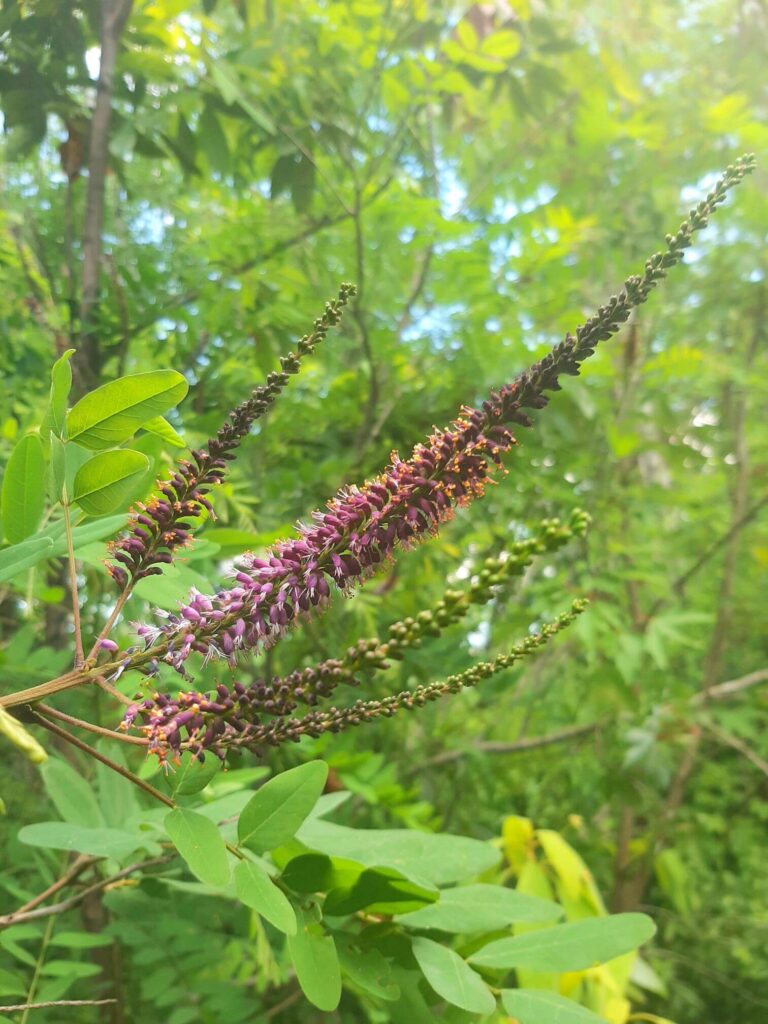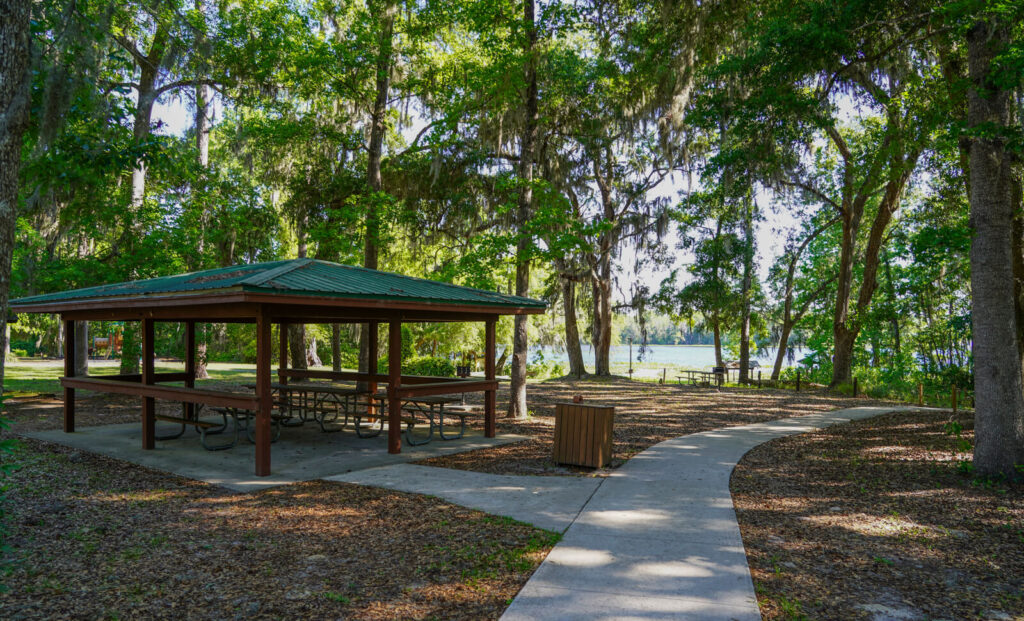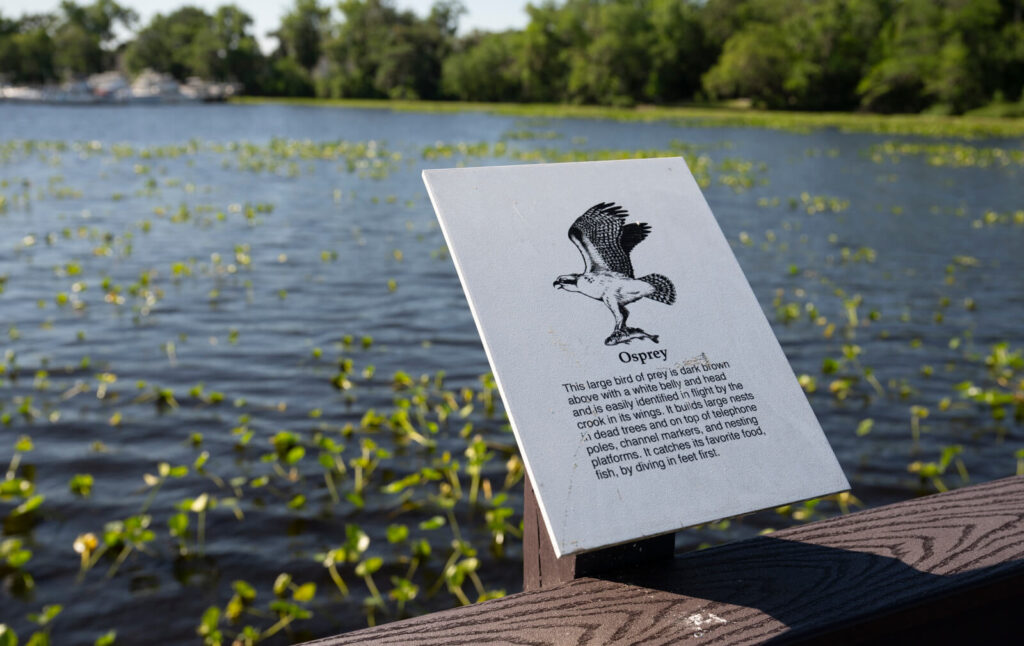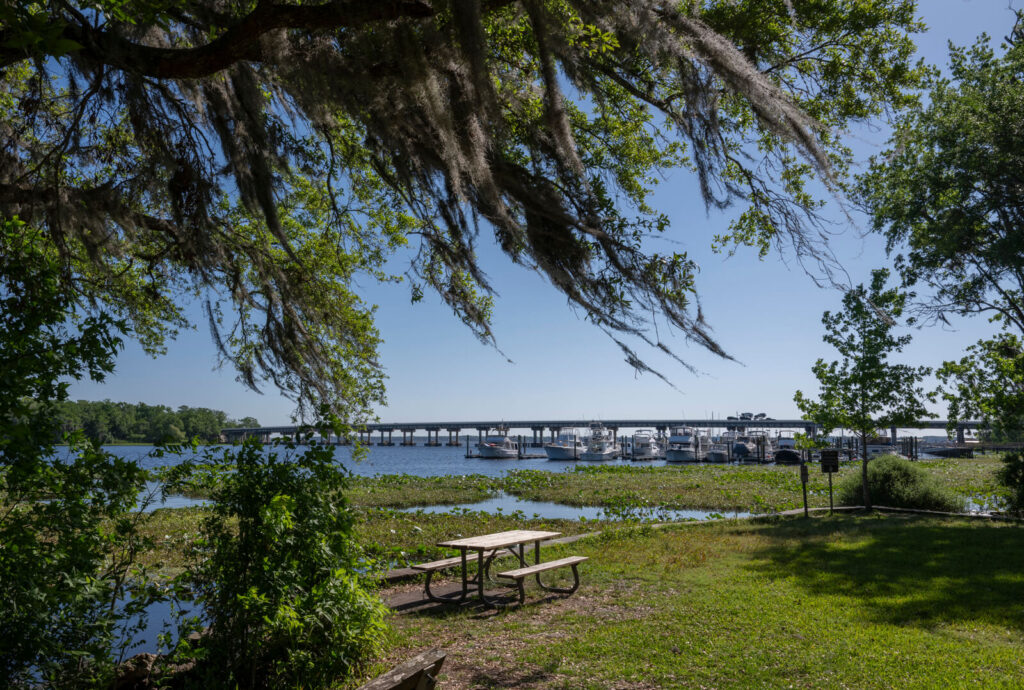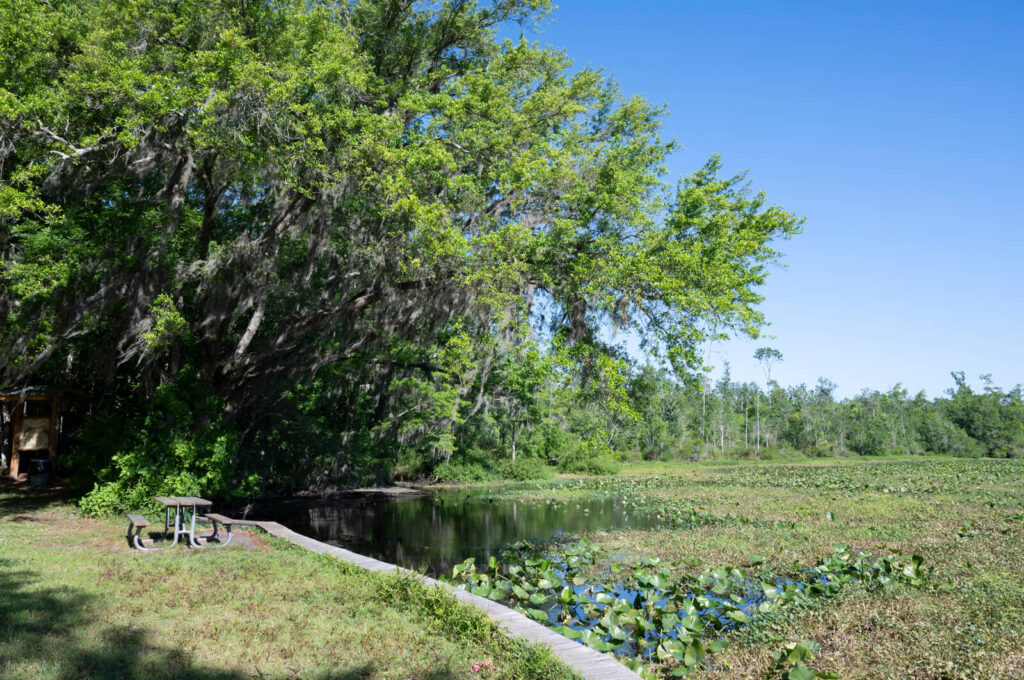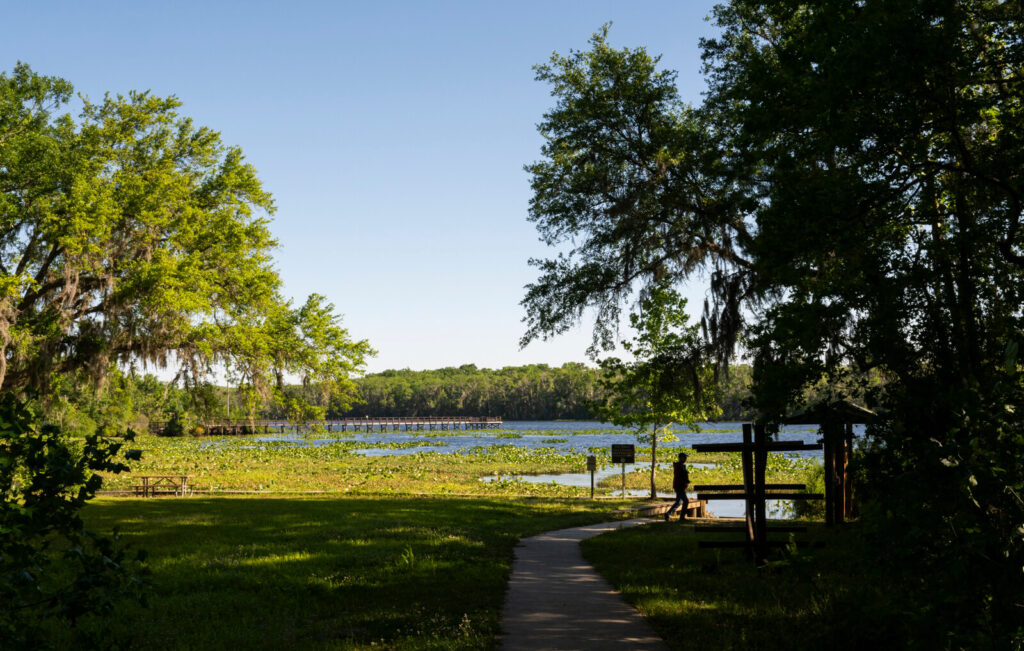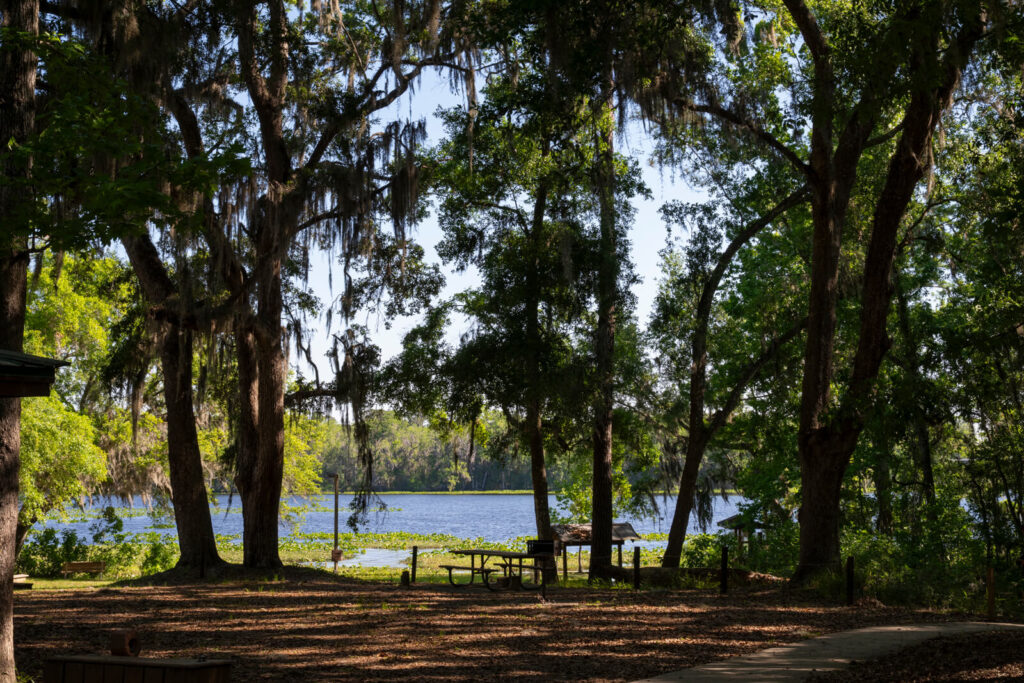04 Tonyn’s Plantation
Clay County

Here I was showed some samples of the best Flora Indigo I had yet seen,…
Camp Chowenwaw is the designated Trailhead for the Bartram Trail in Clay County.
William Bartram
William Bartram visited Tonyn’s Black Creek plantation midway through his 1774 explorations in East Florida. In a 1775 letter to Dr. John Fothergill, written from Charleston, Bartram described a brief river journey to pick up mail left at Tonyn’s plantation. Bartram said he was shown “some samples of the best flora Indigo I had yet seen, there were twenty hands employed on this plantation who made about twelve hundred [weight] of Indigo the last year, & had now planted this year’s crop”
Tonyn experienced reasonable success at his Black Creek plantation, but the American Revolution brought raids and extensive damage here and throughout the province. In 1776, an invasion from Georgia forced the governor to send several of his laborers to St. Augustine to build defenses in the public service. On another occasion British troop commander Augustine Prevost decided to burn all plantations west and north of the St. Johns River to deny shelter to rebel invaders. Tonyn wrote that his orders were “fully executed” and his own 20,000 plantation on Black Creek was destroyed.
Report to Fothergill
“Hearing at the store of some letters for me being sent by the care of his Honour the Lieutenant Governor Moultry to a plantation on the river about forty miles down, I immediately took passage in a boat then going down the river. In two days got to the place, calling at a plantation on the west side of the river belonging to Governor Tonyn; here I was showed some samples of the best Flora Indigo I had yet seen, there were twenty hands employed on this plantation who made about twelve hundred w’ of Indigo the last year and had now planted this year’s crop, having received the letters which were from Dr. Fothergill, London, by the way of Charlestown. These letters gave me great satisfaction, acquainting me of the safe arrival of some specimens of plants of the natural productions of Georgia among which were near fifty new plants. Having got my letters I returned up the river to the store again, intending soon to make a tour up this river towards its source, intending to employ my time this way on natural discoveries until a party of traders were ready to set off for Little St. Juane River that runs into the Bay of Apalache.”
Report
Report to Fothergill on University of Florida Site











